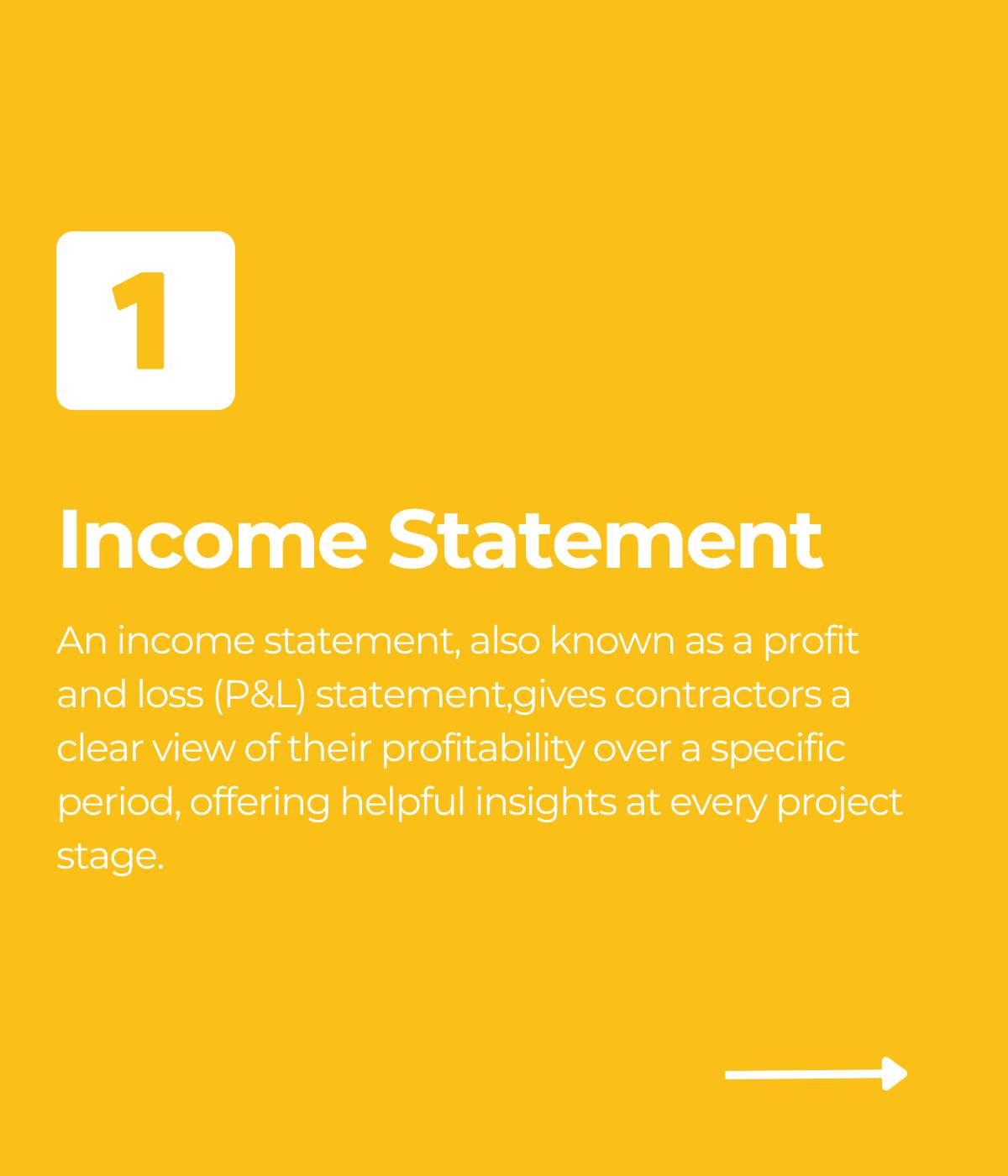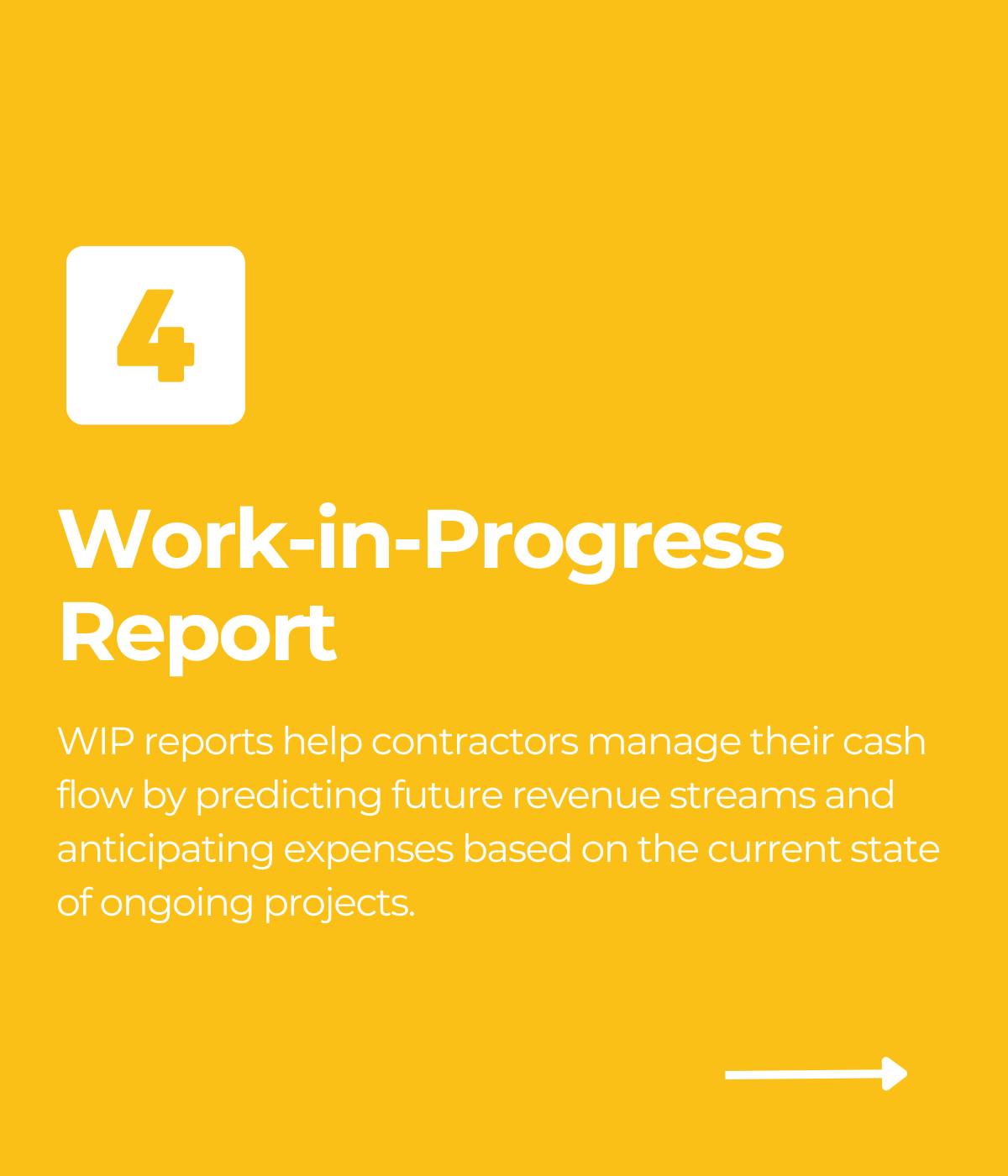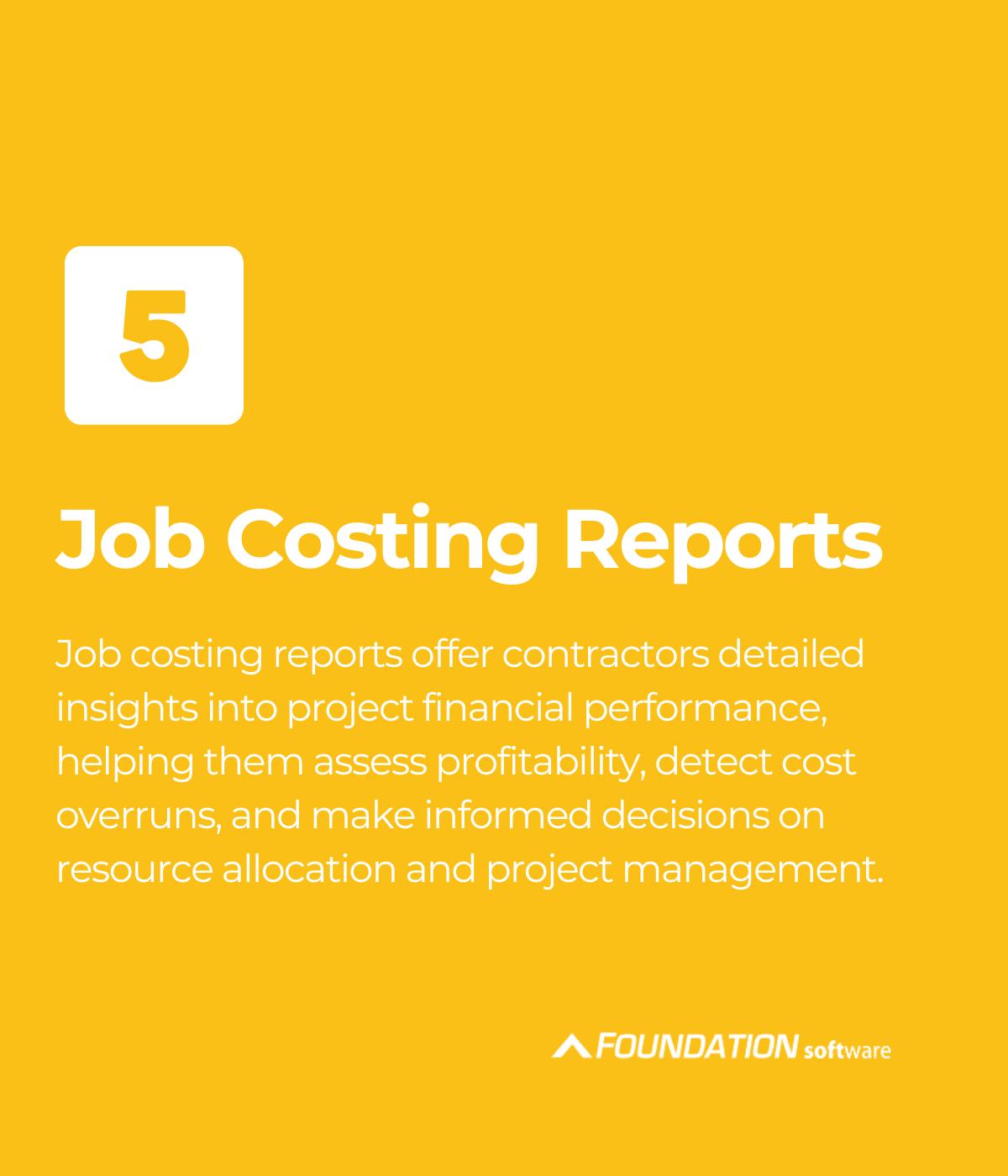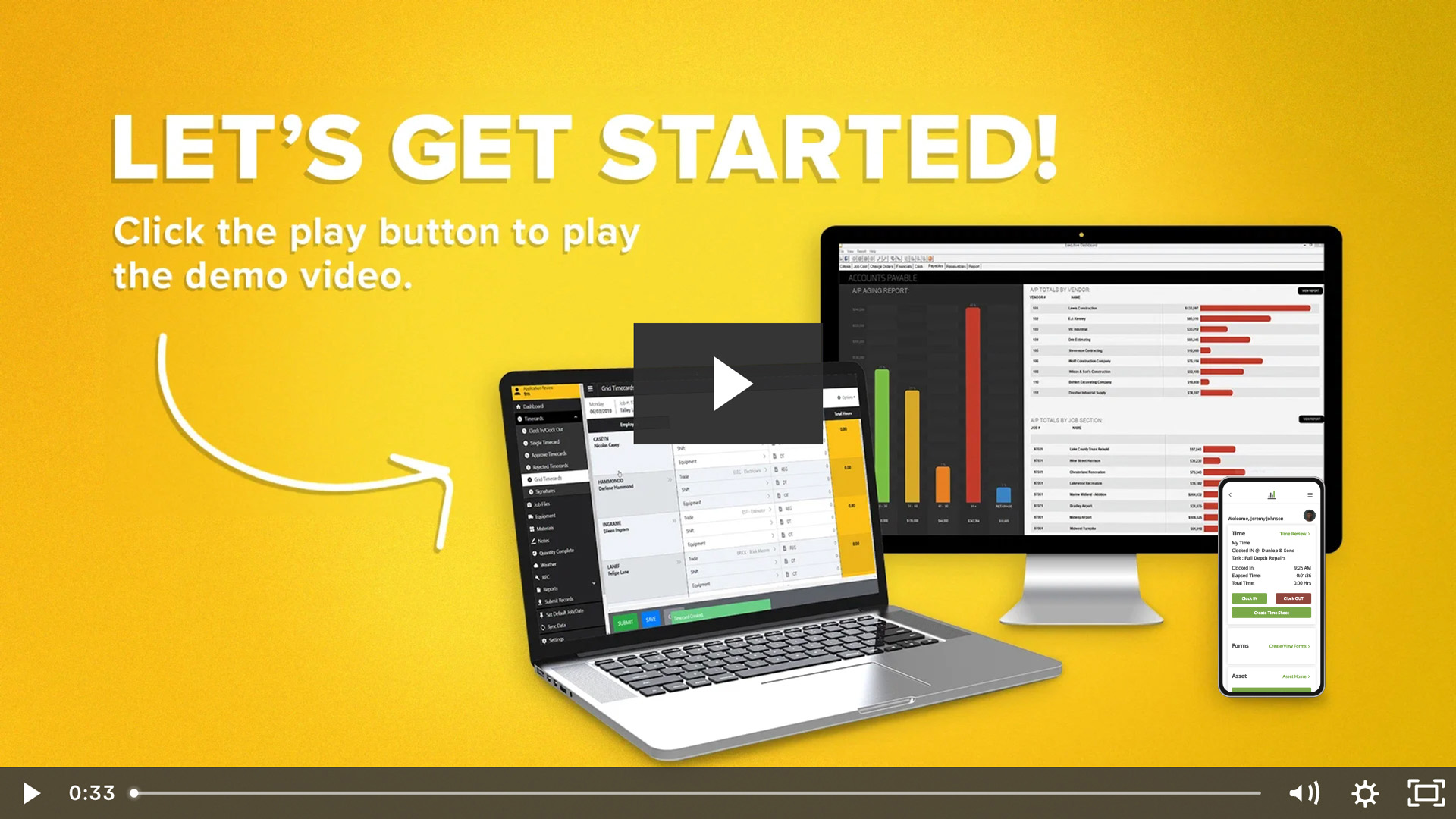
Construction job cost sheets guide contractors to create more profitable projects.
Knowing your numbers is a crucial aspect of accounting, and construction job costing is an effective method to identify cost overruns, helping contractors effectively manage project budgets.
If you’re using the job cost accounting method, it’s important to maintain accuracy by organizing project financials with a job cost sheet. In the construction industry, cost sheets play a critical role in project management. They include detailed breakdowns of:
- Construction materials
- Labor costs
- Equipment expenses
- Permits
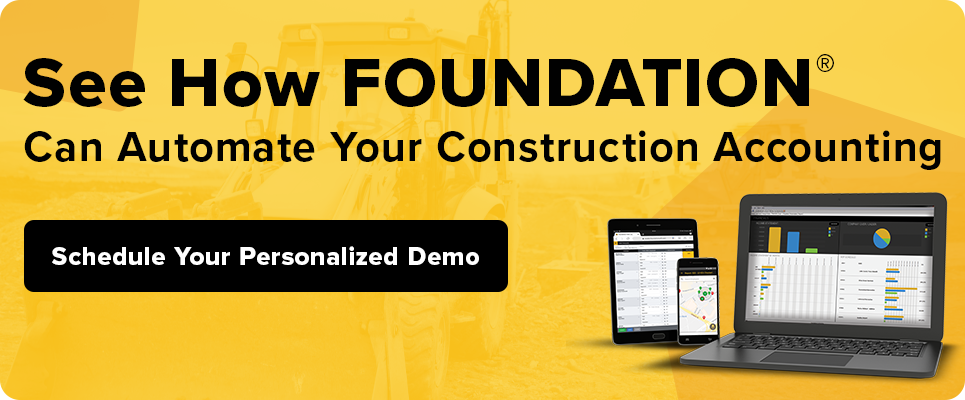
A construction job cost sheet can help to account for the various costs in a project, keeping your expenses orderly.
Let’s look at the various components and elements of a job cost sheet so you can help improve your company’s financial management. Your path to more efficient job costing begins here.
Key Takeaways About Job Cost Sheets:
- Accurate job costing in construction allows individual projects to maintain costs while accounting for the progress of the job being completed.
- A job cost sheet is a document used to detail the total costs incurred during a project.
- The customized detail of each job cost sheet can help determine profit margins, future budgets, progress, productivity and cash flow.
What is Construction Job Costing?
Job costing is a method of accounting designed to track every expense aspect of a construction project. Each item is assigned a number and wherever there is a project expense, the cost is recorded using that number.
Accurate job costing allows each individual project to maintain costs while accounting for the progress of the job being completed.
Job costing is an extremely efficient method of accounting. However, it requires consistency to track the costs and keep up with any changes.
Contractors can use job costing to categorize each dollar into a cost category of:
- Material
- Labor
- Overhead expenses
Both direct costs and indirect costs are considered throughout the completion of a project, allowing for an accurate total cost and overall budget.
If you’re looking for more information on the job costing process, check out our Ultimate Guide to Job Costing blog!
What is A Job Cost Sheet?
A construction job cost sheet is a document used to track and organize all costs associated with a specific construction project. It captures both direct and indirect costs using cost codes, allowing project managers and general contractors to monitor expenses against the approved construction budget.
For construction businesses, these sheets are essential tools for finding cost variances early and managing change orders effectively.
Construction accountants rely on these reports to maintain accurate financial documents, while estimators use historical job cost data to create more accurate estimates for future jobs.
Whether using simple spreadsheet templates or sophisticated cloud-based accounting software, properly maintained job cost sheets provide insights into the financial health of construction projects and allow contractors to make informed decisions.
Why are Construction Job Cost Sheets Important?
The customized detail of each job cost sheet can help determine profit margins, future budgets, progress, productivity and cash flow.
Job cost sheets are especially beneficial in determining cost estimates for future projects— showing whether or not the bid itself was accurate and providing a total cost spent for the company to observe.
What is Included in a Job Cost Sheet?
A job cost sheet (also known as a job cost order or a job cost record) is a document that provides a detailed breakdown of the expenses. Job cost sheets are used to detail the total costs incurred during an entire project in an organized record.
A job cost sheet is typically used by project managers, accountants, contractors and stakeholders.
These sheets are used to monitor and control project spending, assess profitability, make pricing decisions and compare actual costs to estimated costs.
A typical job cost sheet will include:
Job/Project Details
This section includes the job or project name, number and a description of what needs to be accomplished. It is also important to include:
- Start date
- End date
- Contract details
- The approved project estimate
- Location
And any other details to distinguish it from another project are also important to include.
Materials
This section lists all the materials and supplies used for the project. With it is the quantity or amount of materials in their appropriate unit of measurement, the unit price or price paid for each material and the total cost of the specific quantity of materials used.
Labor
The labor portion requires the precise tracking of all labor costs associated with the job, including a description of the role, the number of hours worked, and rate of pay, as well as any overtime or special rates.
Equipment
The equipment part of a job cost sheet records the description of equipment needed as well as:
- The costs of equipment rental
- Rate or cost per hour
- Maintenance
- Hours used
- Any specialized equipment or machinery used
These aspects will detail the total cost of the equipment.
Overhead Costs
Any overhead costs allocated to the project should be detailed. This section typically involves a description of the overhead costs, allocation bias and rate, breakdown of overhead and the total overhead cost.
These overhead costs typically include utilities, insurance, permits and administrative expenses.
Subcontractors
If there are any subcontractors involved in the project, their expenses are recorded in this portion. Included should be:
- Their name
- Scope of work
- Agreement
- Subcontractor costs
- Payment terms
- Status of payment
This will help to anticipate committed costs on specific projects.
Total Costs
This section summarizes the total costs incurred for each category. It includes the total costs of materials, labor, equipment, subcontractors and any overhead costs. This total cost provides a comprehensive view of the project’s overall expenses. Top of Form
When Do You Create a Construction Job Cost Sheet?
There are two different methods to using a job cost sheet:
- Fill it in while the project is being completed.
- Fill it in after the completion of the project.
If a job cost sheet is filled in throughout the project’s lifecycle, the job cost sheet is regularly updated to reflect the actual costs incurred. If it is completed after the project is finished, the sheet will accurately reflect the total costs accrued.
Even though cost sheets are typically used after the project completion, both methods can produce accuracy.
Certain types of projects may be easier to track using one over the other but consider trying out both and seeing which works better for you.
How Does Construction Accounting Software Impact Job Cost Sheets?
Although construction accounting software cannot generate job cost sheets, the job cost data uploaded in the software can assist in creating detailed job cost sheets.
For example, the software would track the essential expenses included in a job cost sheet, like:
- Labor
- Materials
- Subcontractors
- Equipment
- Overhead costs, as well as project revenues.
A contractor can then use this data as they populate the job cost sheet.
Additionally, as costs are being compiled, the software generates various reports, such as general ledger reports, accounts payable/receivable reports and expense reports which can be manually added to job cost sheets.
See How You Can Improve Your Construction Job Costing with FOUNDATION®
Investing in comprehensive job cost sheets can benefit your construction company.
By using a job cost sheet, you can better monitor and control construction project costs, assess profitability, make pricing decisions and compare actual costs to estimated costs. These help to automate the process so you can save time on administrative tasks and properly categorize expenses.

To ensure a company is diligent in tracking project expenses accurately, consider using construction accounting software— this will help to avoid any sort of inaccuracies from a manual job cost sheet and eliminate accidental double entries.
The sheets supplied in the software will help to make sure each cost is tracked accurately and consistently and ensure an exact total cost.
Using job costing software like FOUNDATION can help keep your company’s projects on track with its job costing module.
Don’t risk project inaccuracies; get accurate cost tracking from the start using construction job cost sheets and grow your company’s profit margins.
Share Article
Keep on current news in the construction industry. Subscribe to free eNews!
Our Top 3 YouTube Videos
Learn about our software more in depth with product overviews, demos, and much more!

Our ACA reporting & e-filing services include official 1094-C and 1095-C IRS reporting, optional e-filing (no applying for a TCC code required), mailing to your employees and experienced support to help you.

There are plenty of reasons to make FOUNDATION your choice for job cost accounting and construction management software — just ask our clients!

From job cost accounting software, to construction-specific payroll. Get an overview on your next all-in-one back-office solution.




